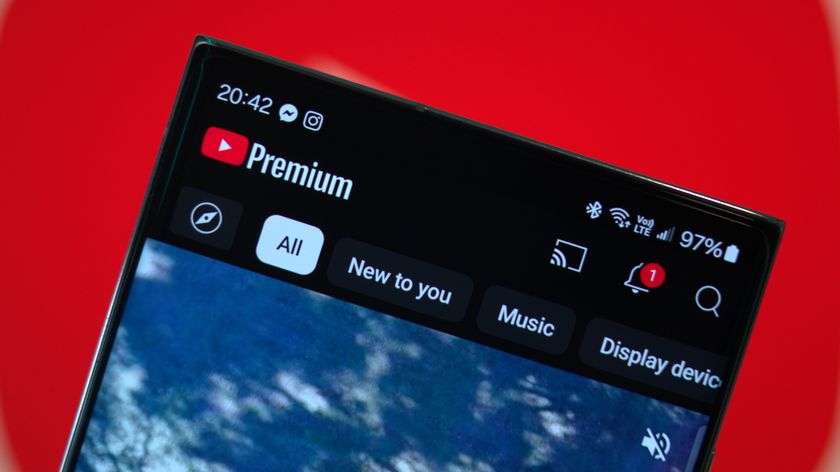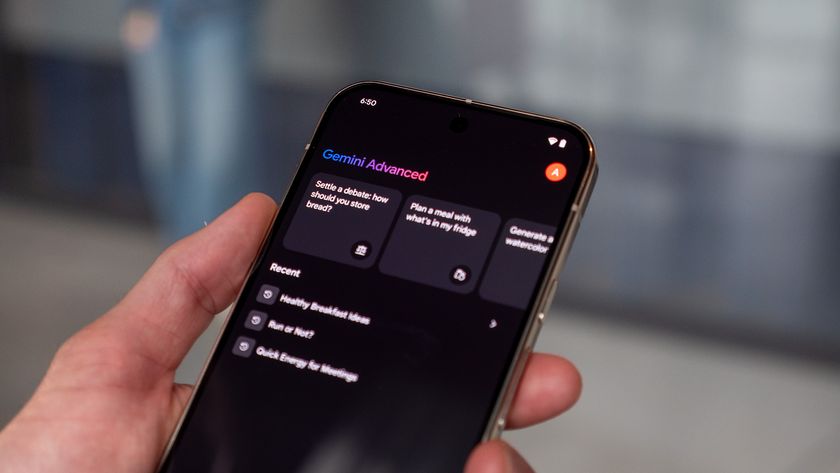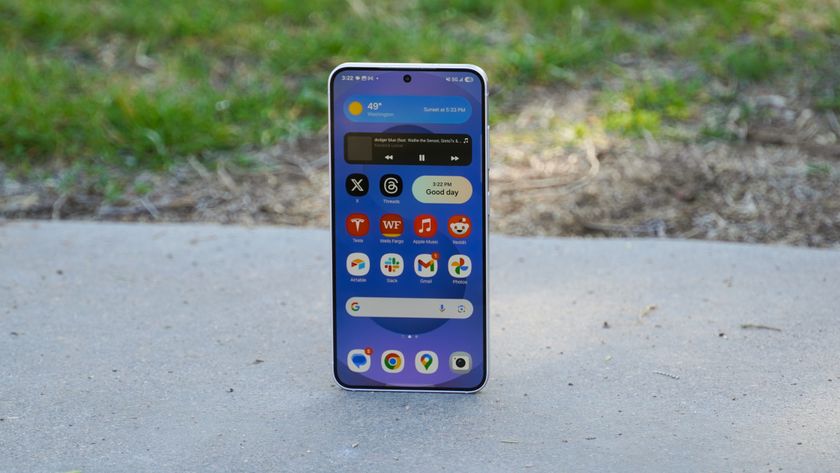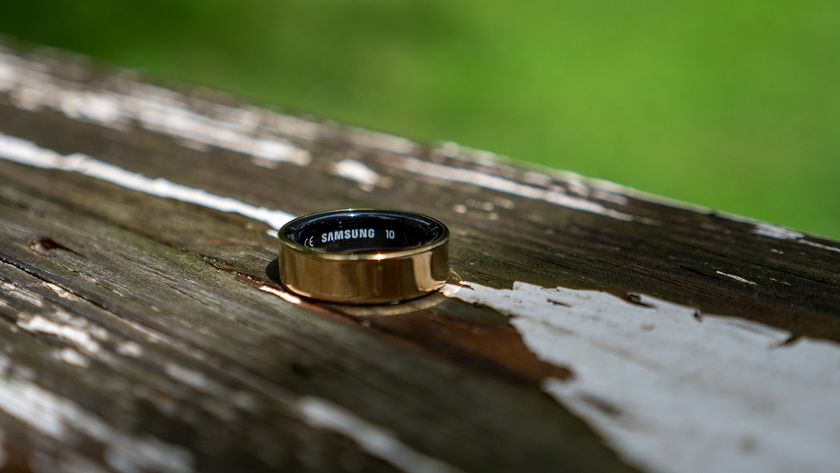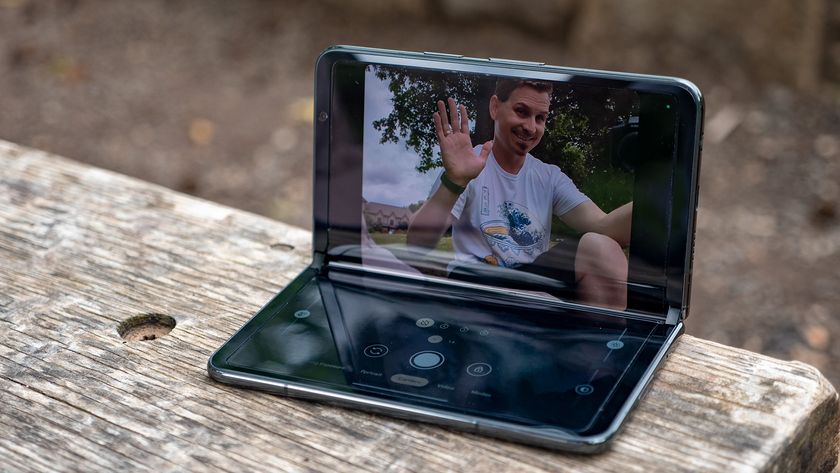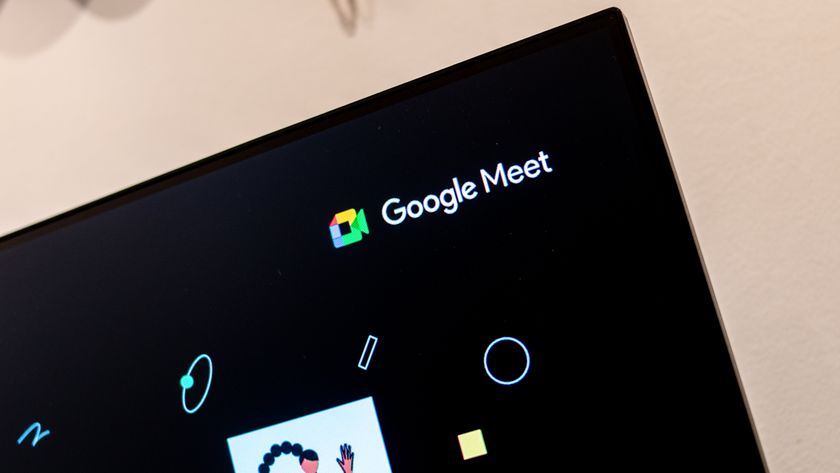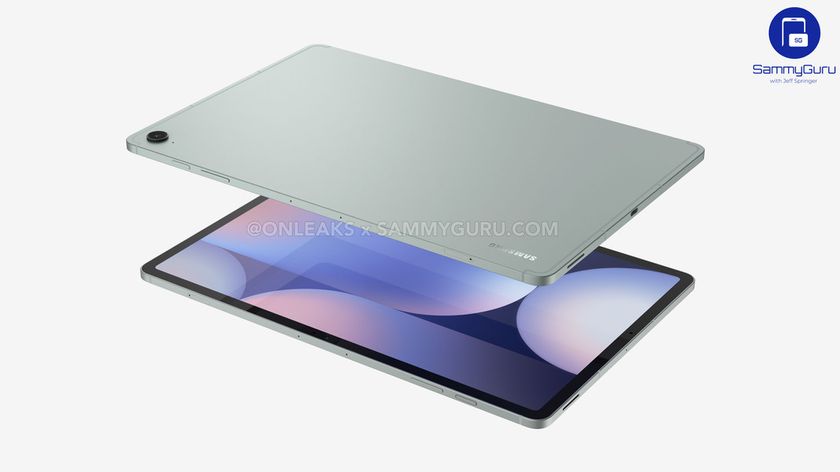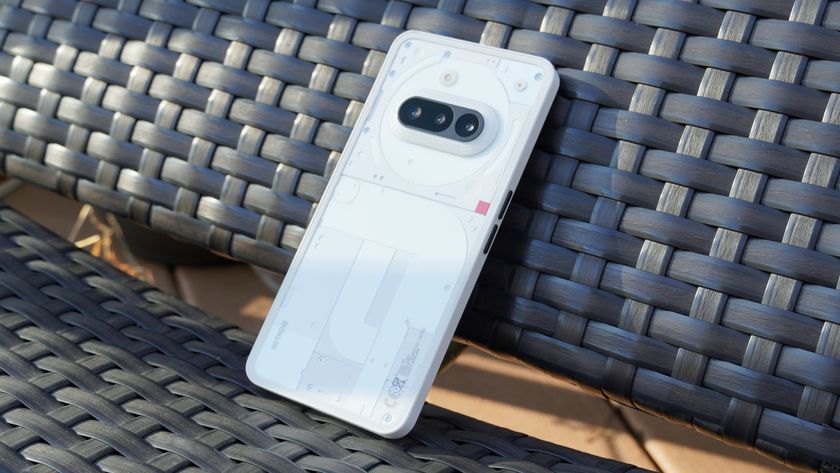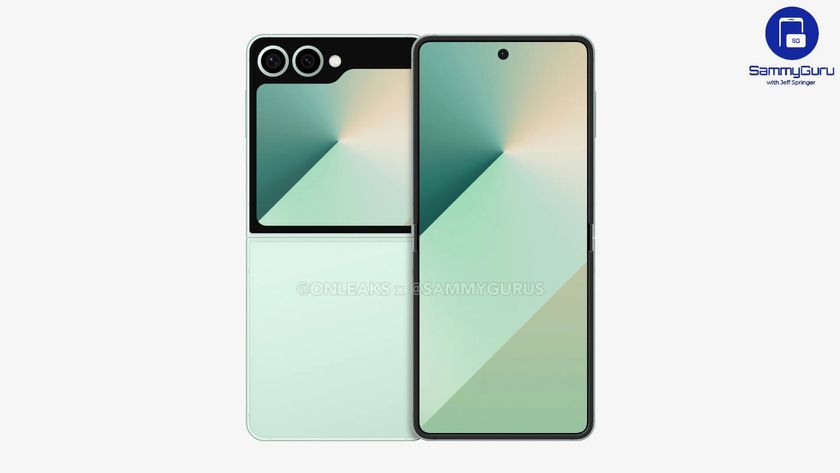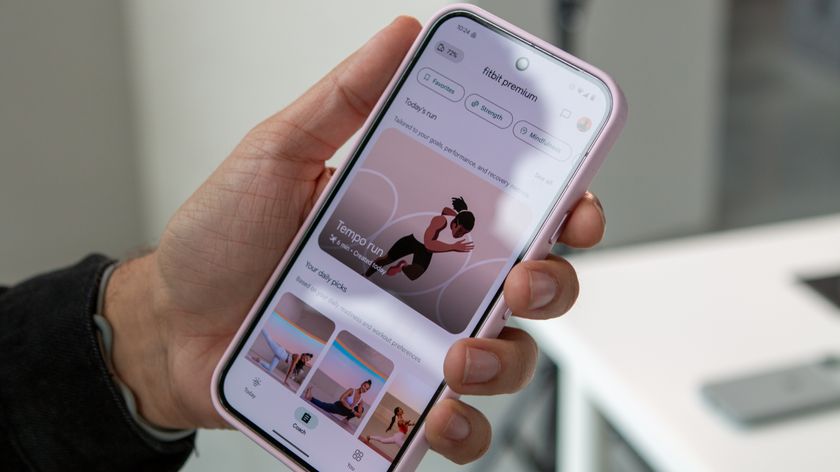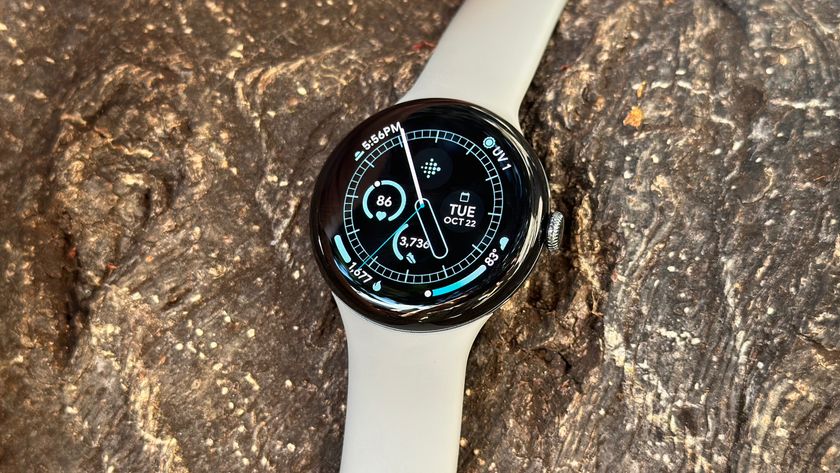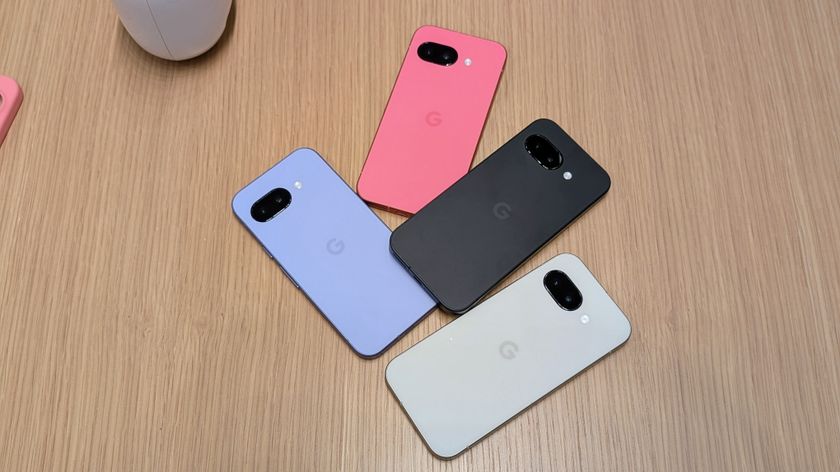Android Nougat: Everything you need to know
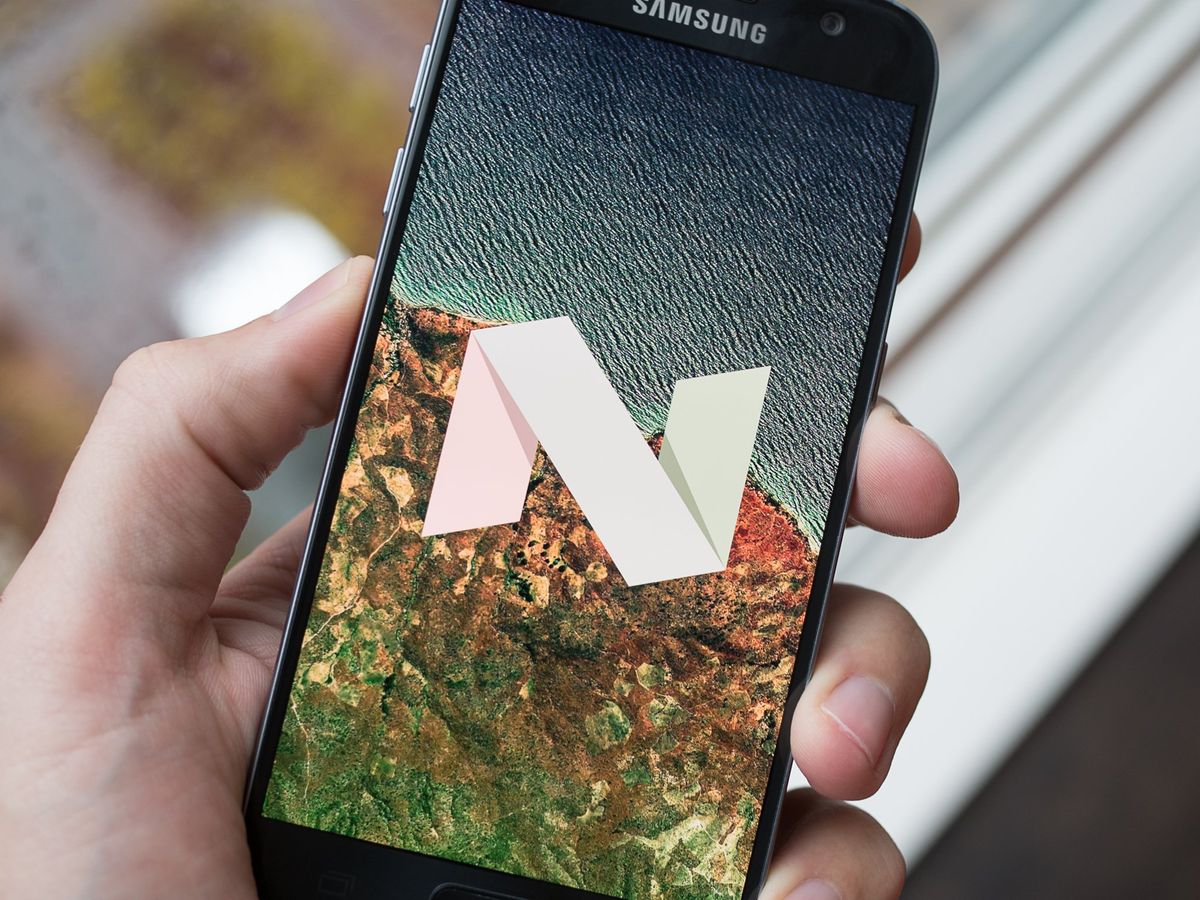
Android Nougat is Google's way of refining what we already have and adding some essential features to an operating system they were already happy with.
The past two years have shown us how Google was shifting its design language on the phones it sells itself and the apps and services that come on your phone. Android itself has followed this trend, and with Marshmallow, we saw a flat but bold design that tied everything together.
Android Nougat doesn't make major changes to the way your phone looks or the way it "feels", but what Google has done under the hood brings some new features — and much-needed polish — to our favorite smartphone operating system.
Android Nougat makes updates faster and easier
When it's time for your phone or tablet to get updated, you won't have to do anything. While you're doing the things you normally do all the hard work is done in the background — very similar to the upgrade experience on Chrome OS. The only thing you need to do is restart your phone to finish things up.
Here's Google's succinct explanation of the situation:
Android Nougat also adds some important new features to help keep users safer and more secure. Inspired by how Chromebooks apply updates, we're introducing seamless updates, so that new Android devices built on Nougat can install system updates in the background. This means that the next time a user powers up their device, new devices can automatically and seamlessly switch into the new updated system image.
Changes to what's called the run-time compiler also mean that you won't have to wait as long while all your apps are optimizing once you do restart — we've all been there watching an "Optimizing ..." screen for 30 minutes after an OTA update.
More: Seamless updates come to Android in version 7.0
Be an expert in 5 minutes
Get the latest news from Android Central, your trusted companion in the world of Android
Multi-window multitasking
Sometimes when you're doing two things at once it's handy to be able to see them both at the same time. That's what Multi-window is: more than one "window" on your phone's screen.
We've seen a similar feature with the same name from Samsung (and to a lesser extent LG) for a while, but Google has built things in a way that any app will just work, without the developer — or you — doing anything special. The screen will be split 50/50 by default, and it's quick to pull up different apps on the top and bottom on a phone or left and right on a tablet.
For devices with larger screens, there's also a freeform mode that lets you change a window's size and picture-in-picture mode is supported for apps running on Android TV.
More: Multi-window is now for everyone
Even better notifications
With Android Nougat, you can reply to your notifications directly from their spot in the tray. You won't have to open the app or install anything extra, either. Once the folks who built your app support the feature, it will just work.
Don't worry, though. When you need to see more or do more than just send a quick reply, you can still tap the notification to open an app and see everything. And with the better bundling of multiple notifications from the same app, you'll be able to tell when you need to see everything even easier.
More: Understanding notification changes in Android Nougat
Your phone will feel faster and use less battery
Google's "Project Doze" — its code name for ways to have your phone use less battery while it's not in your hands with the screen on — that was introduced with Marshmallow has gotten a major update in Nougat. While it previously worked great while the phone was sitting still and not plugged in, now it works while it's in your pocket or purse. How it does it hasn't changed much; once your phone's screen has been off for a while, it stops doing things in the background all the time and instead uses what Google calls "windows" to check for new messages or do things like update your location.
Better ways to manage memory and when (and how) apps can run in the background (Google's "Project Svelte") mean that you won't have as much unnecessary stuff happening when you weren't expecting it to happen. By only allowing things that you really need to run, your phone will perform better and use less battery.
More: Android 7.0 improvements in performance and battery efficiency
Using less mobile data
Overage charges from your phone company suck. With Android Nougat new tools can help keep them from happening.
When you're on a metered connection (one that's not unlimited) — cellular or Wi-Fi — the new Data Saver setting can block background random data usage and restrict things like checking for tweets or emails so that your phone uses less data.
You can tell Data Saver to ignore certain apps, and while it's active you'll have an icon in your notifications to let you know what's up.
More: Data Saver goes above and beyond to help keep bills down
More human emoji
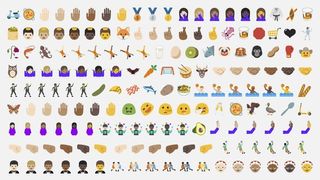
In addition to 72 new glyphs, Android 7.0 has over 1,500 emoji, many of which have been revamped to look a bit more.... human. Traditionally, Android emoji have been cartoony, which has encouraged other manufacturers like Samsung and LG to write their own.
More: Nougat changes Android's emoji to look like people
Improved security
Keeping your data private and personal is important. New features in Android Nougat make things even more secure.
When you start your phone, some apps are able to partially work before you sign in with your password or PIN. Things like the actual phone app or your text messages can still come in, your alarm will still work and any accessibility features needed to better interact with your phone can still run. Other apps and their data will remain unavailable and/or encrypted.
Once you sign in, everything will work normally.
This feature helps keep your data safe if your phone gets lost or stolen, and synergizes well with the remote features of Android Device Manager.
More: What is Direct Boot in Android Nougat?
With Android Nougat, you can give an app access to a certain folder (like your picture library) without letting it have access to all of your external (SD card) storage.
Only granting permission to the folders an app needs to function is the best practice when it comes to security. Scoped directories do just that.
More: Developer documentation on scoped directories
For apps targeted for Android Nougat, the geolocation API is allowed over secure origins (over HTTPS.) This policy is designed to protect users' private information when they're using an insecure connection.
Android For Work
If you use your personal Android phone on the job through a managed system, changes are coming.
For us, things will mostly look and act the same — but better tools and easier ways to set things up mean your IT guy might not be so busy (or so grumpy) and everyone's information will be safer and more secure.
The things we could see, like not being able to use an app we love on company time or being forced to a certain network, depend on what your company needs and how they have things set up. Be sure to go over any questions with your hopefully less-grumpy IT guy if you have them.
Language and locale
If you have your phone set to a specific region — let's say the French-speaking portion of Switzerland — your phone will now try to use a similar region setting if it can't find a specific match. In our example, that means an app can display text and numerical data for standard French instead of just using the default language settings if Swiss localization wasn't included.
You can also select multiple languages (or regionalizations of the same language) in an order of importance — if an app you're using is localized for multiple languages you'll see your top pick — if it's set up for one but not all of your languages, it'll pick the highest one it can.
More: Android Nougat is a big deal for bilingual smartphone users
Android TV recording and Picture-in-Picture
Basic DVR functionality is coming to Android TV with 7.0. Besides basic controls like Play or Rewind, you'll be able to save multiple sessions. This means you can schedule recordings or record as you watch. With Picture-in-picture support you'll also be able to go into the settings to schedule a recording without missing any of your show.
This should be a great feature for Televisions that come with Android TV installed.
More: TV recording and picture-in-picture come to Android TV
New accessibility features
Not all of us are the same and have the same needs. Better accessibility features in Android Nougat make it easier for everyone to be able to use their phone.
New ways of zooming in on what you see on your screen or adjusting the size of text make a big difference for folks who need them and bringing accessibility features like TalkBack and a custom display resolution to the initial setup process means it's easier to get started, too.
More: Understanding new accessibility features in Nougat
New features in Android 7.1
Android 7.0 ushered in all the above features. Android 7.1, which shipped with the Google Pixel phones and subsequently came to the Nexus lineup, brings a couple of interesting new tidbits to the fore.
In particular, users can take advantage of rounded icons on the Pixel Launcher home screen, along with app shortcuts. And Android 7.1.1 adds support for so-called Image Keyboards — things like GIF keyboards — which are very fun and quite useful.
How to install Android 7.1 on your Pixel or Nexus right now
This post was originally published in August 2016. It was updated in January 2017 with information about Android 7.1.1.

Jerry is an amateur woodworker and struggling shade tree mechanic. There's nothing he can't take apart, but many things he can't reassemble. You'll find him writing and speaking his loud opinion on Android Central and occasionally on Threads.
